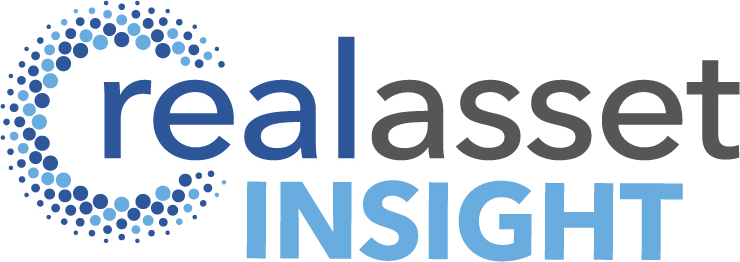AEW: future returns across most asset classes will be lower for longer
In AEW’s whitepaper, entitled 2020 Global Perspective, joint authors Michael Acton, Glyn Nelson and Hans Vrensen, heads of research for US, Asia Pacific and Europe, respectively, wrote:
“All investing is ultimately an exercise in relative valuation and, in this context, real estate looks attractive to most investors. The characteristics of property returns – stable cash flow and appreciation in line with inflation – are very much in demand. Recent survey data show nearly all institutional investors maintaining or increasing allocations to real estate with a growing share of the real estate allocation going to higher risk and return strategies.
“At the same time, many investors remain below target allocations as the denominator effect increases as equity markets relentlessly march forward. The struggle to move towards higher allocations has resulted in significant capital raising and large amounts of dry powder capital. Globally, Preqin estimates more than $325 billion of capital in funds alone waiting on the sidelines today compared with less than $200 billion in 2014 and roughly half as much in 2007 on the eve of the financial crisis.
The weight of capital is, as always, a two-edged sword, making the investment market both more competitive, but also more liquid. Not surprisingly, most of this capital has been raised in higher return-seeking strategies (i.e. value-add and opportunistic vehicles) which share the unique characteristics of being largely closed end where the investment period clock has already begun ticking. This capital will be invested over the next 2-3 years, along with significant additional capital being raised for PERE in the under-allocated retail/HNW investor segment, which should provide a solid foundation in further support of today’s valuations.
“The pressure on prime market pricing might be limited, as much of the dry powder capital is targeting opportunistic and value-add opportunities. This capital might need to shift its focus away from traditional distressed acquisition opportunities, like nonperforming loan pools. Most European and U.S. banks have by now worked out their non-core real estate loan exposures, and therefore, very few NPL opportunities remain. It is unclear whether all these well-capitalized opportunistic and value-add funds will be able to meet their high absolute return hurdles by targeting higher risk and ESG-compliant new development projects. However, assuming they are willing to do this with no or little debt, the resulting surge in new supply of space at a time of global economic slowdown, could pose some risk to core investors.”




